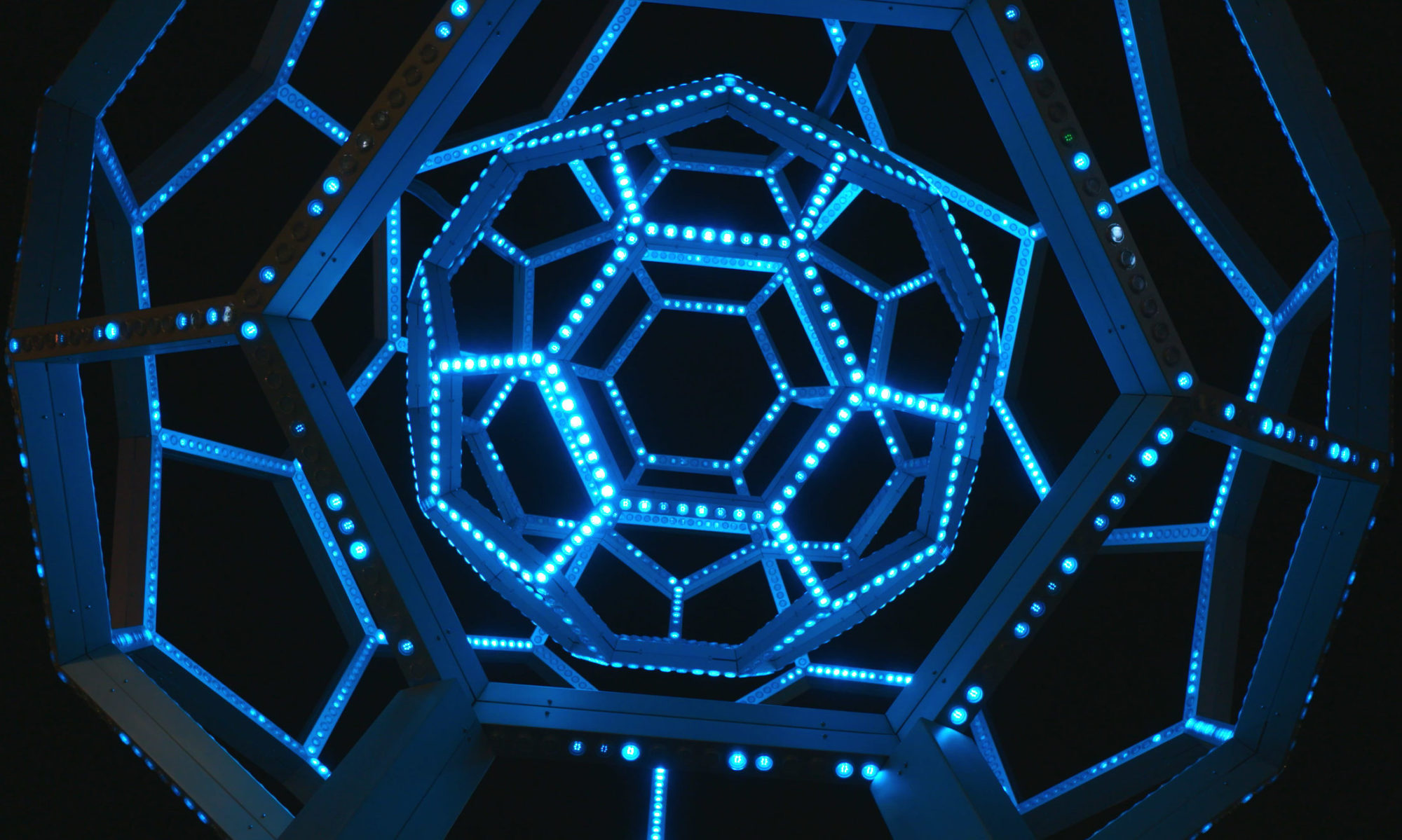My project idea is inspired primarily from a project I found by Scott Lawson, where he outlines all the steps needed to make a simple LED strip that lights up in response to audio input. He also has a demo of the working product:
I’d like to at least partially emulate his project, although I’d like to modify the physical construction of the LEDs a bit. One idea I had was to change the layout of the LEDs to some two-dimensional shape:



The idea here is that each ring expanding outwards could be mapped to a specific band of the quality I’m trying to visualize. For example, the inner rings could represent higher frequencies or higher energies and the outer rings lower values.
Besides the shape I might also want to modify the look of the individual LEDs. I could leave them bare, which allows for the light generated to be more direct and impactful. I could also cover them in some kind of translucent enclosure, allowing neighboring LEDs to blend together and create an overall smoother image.
An alternative to the concentric rings of LEDs is to have a simple LED grid that displays any kind of image. If I did this, I would probably display something like what Micah Scott did for her Mixcandy project. She used an LED grid to show a simulated particle system that reacted to the music. This is a much less direct way of showing qualities of the music, but certainly just as interesting.
I’ve always been intrigued by the idea of music visualizers because they try to take something like music, which is so ephemeral and hard to describe in other ways, and convert it into another form like images or light. I think using LEDs is a good approach to this problem of trying to describe music with light, because they can exhibit some similar qualities to music. I think it will be an interesting challenge trying to map qualities of music like energy, rhythm, tone, and mood to qualities of light like hue, brightness, and rate of change. Ultimately, I hope my project captures the feelings evoked by music in my visualization.
